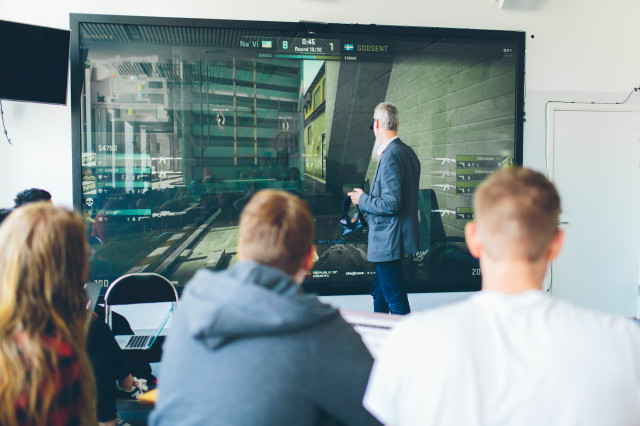The course consists of two modules. Module I introduces basic knowledge in machine learning and algorithms for deep learning Module II focuses on specialised hardware implementation architectures for deep learning algorithms and new brain-like computer system architectures. Apart from presenting relevant informative knowledge, the course contains laboratory and project assignments to create understanding of the related algorithms applied to deal with real problems and to contrast and evaluate alternative implementation architectures, in term of performance, cost, and reliability.
Module I: Algorithms for deep learning
Module I introduces basic machine learning algorithms, basic neural network algorithms and algorithms for deep learning. Among a number of machine learning algorithms, this module introduces the algorithms for linear regression, polynomial regression, logistic regression that are fundamental and most relevant for neural networks. For neural networks we consider perceptrons, multi-layer-perceptrons and in particular the back-propagation algorithm. After presenting traditional statistical learning machine learning and neural networks this module further examplifies deep learning algorithms, specifically Convolutional Neural Networks (CNN) and Recurrent Neural Networks (RNN).
Module II: Architecture specialization for deep learning
Module II examines specialised hardware based implementation architectures for deep learning algorithms. From a broad spectrum of potential hardware architectures the design alternatives, such as GPGPU:s, domain specific processors, FPGA/ASIC-based accelerators are presented, together with their advantages and disadvantages. In particular limitations and design alternatives for using deep learning algorithms in embedded resource constrained systems will be discussed. Furthermore this module will discuss new architectures in deep learning for computer system design such as brain-like computer system architectures. A case study with analysis, evaluation and application of a deep learing architectures will be carried out.
